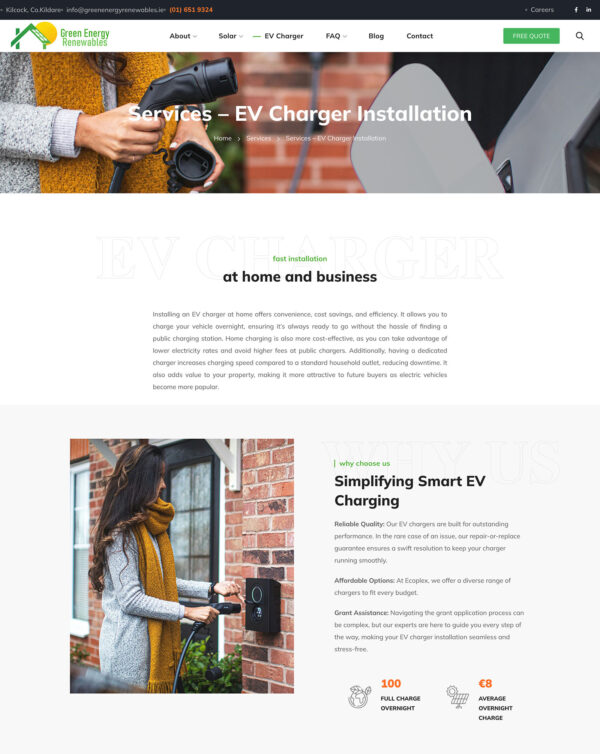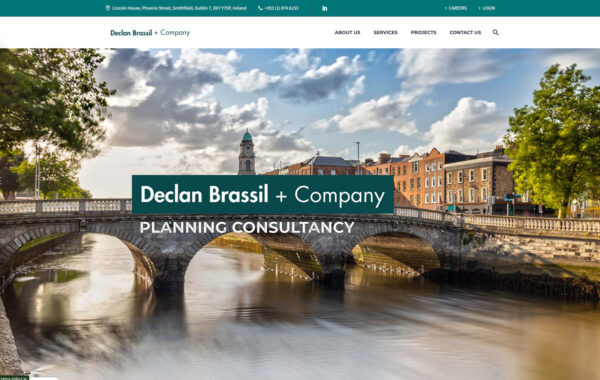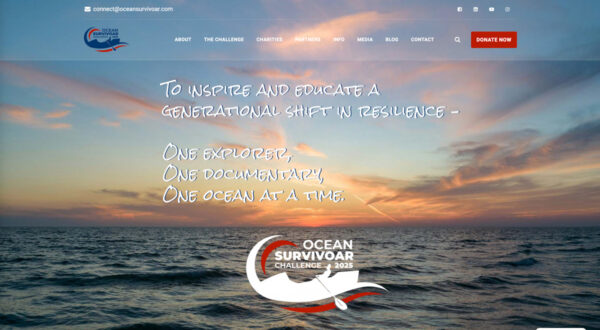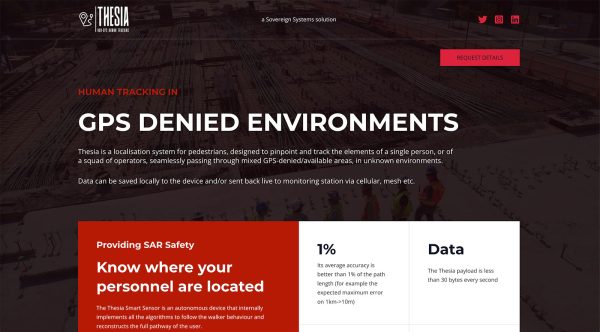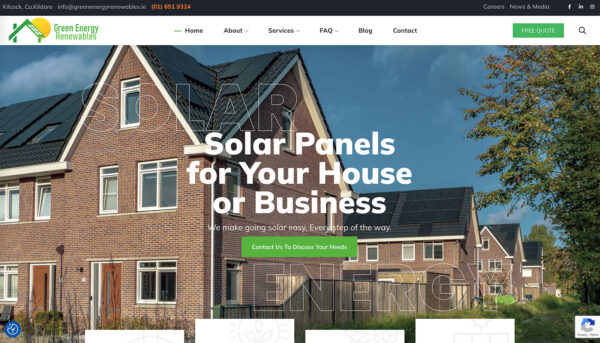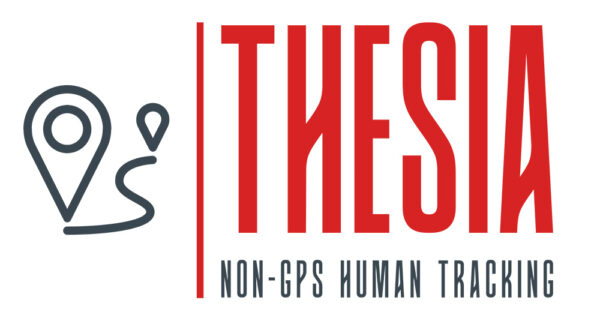1. Slow Loading Speed
Mistake
A slow website frustrates visitors and leads to high bounce rates. Studies show that if a page takes more than 3 seconds to load, users are likely to leave.
How to Avoid It
- Optimise images using tools like TinyPNG or WebP format
- Use a Content Delivery Network (CDN)
- Minimise HTTP requests and enable browser caching
- Use lightweight themes and plugins
- Choose fast, reliable hosting
2. Poor Mobile Responsiveness
Mistake
More than 50% of web traffic comes from mobile devices, yet many websites are not optimized for smaller screens, leading to distorted layouts and difficult navigation.
How to Avoid It
- Use responsive design that adjusts to different screen sizes
- Test your site on multiple devices using Google’s Mobile-Friendly Test
- Prioritise a mobile-first approach in development
- Ensure buttons and text are easily clickable
3. Complicated Navigation
Mistake
If users struggle to find what they need, they’ll leave your site quickly. Poorly structured menus, too many options, or missing navigation elements can be frustrating.
How to Avoid It
- Keep your navigation simple and intuitive
- Limit menu items to essential pages
- Use clear, descriptive labels instead of vague terms like "Stuff"
- Include a search bar for easy access to content
4. Lack of Clear Call-to-Actions (CTAs)
Mistake
A website without clear CTAs confuses visitors and reduces conversions. If users don’t know what to do next, they won’t take action.
How to Avoid It
- Use strong, action-oriented CTAs (e.g., "Get Started," "Book a Consultation")
- Place CTAs above the fold (visible without scrolling)
- Use contrasting colours to make CTAs stand out
- Limit choices to one primary CTA per page
5. Poor Readability & Bad Typography
Mistake
Using hard-to-read fonts, low contrast, or walls of text makes your content difficult to consume.
How to Avoid It
- Choose legible fonts (sans-serif fonts like Roboto, Open Sans)
- Maintain a good contrast ratio (dark text on a light background)
- Break text into small paragraphs and use bullet points
- Use appropriate font sizes (16px or larger for body text)
6. Overloading with Pop-Ups & Ads
Mistake
Too many intrusive pop-ups and ads disrupt user experience, causing users to leave your site in frustration.
How to Avoid It
- Use non-intrusive pop-ups (e.g., exit intent pop-ups)
- Allow users to easily dismiss pop-ups
- Keep ads minimal and avoid auto-playing videos
- Prioritise user experience over aggressive monetisation
7. Unsecure Website (No HTTPS)
Mistake
Not having an SSL certificate (HTTPS) makes your website appear unsafe, leading to lost trust and poor search rankings.
How to Avoid It
- Get an SSL certificate (most hosting providers offer it for free)
- Ensure all internal and external links use HTTPS
- Regularly update plugins and security features
8. Inconsistent Branding & Design
Mistake:
Using multiple colour schemes, inconsistent fonts, and mismatched visuals create a disjointed experience that weakens brand identity.
How to Avoid It
- Stick to a consistent brand colour palette
- Use a style guide for fonts, images, and design elements
- Ensure all visuals align with your brand identity
9. Ignoring SEO Best Practices
Mistake
A website without SEO optimisation struggles to rank in search engines, limiting traffic and visibility.
How to Avoid It
- Use SEO-friendly URLs (e.g., yoursite.com/web-design-tips)
- Optimise images with alt text
- Use header tags (H1, H2, H3) for structured content
- Improve meta titles and descriptions for better click-through rates
10. No Analytics or Performance Tracking
Mistake
Without tracking website performance, you can’t identify issues or optimise for better results.
How to Avoid It
- Install Google Analytics to monitor visitor behaviour
- Use Google Search Console for SEO insights
- Track key metrics like bounce rate, session duration, and conversions
A well-designed website is key to attracting and retaining visitors. By avoiding these common mistakes, you can improve user experience, engagement, and conversions. Whether you’re designing a site from scratch or optimising an existing one, focusing on speed, usability, mobile-friendliness, and SEO will set you up for success.
Need help fixing web design mistakes? Our expert web development team can help optimise your site for better performance and user experience. Contact us today!
 Read more +
2025-04-14 By Shay in Website, WordPress
Read more +
2025-04-14 By Shay in Website, WordPress  Read more +
2025-04-13 By Shay in Landing page, Maintenance, Management, SEO, Services, Social Media, Website, WordPress
Read more +
2025-04-13 By Shay in Landing page, Maintenance, Management, SEO, Services, Social Media, Website, WordPress  Read more +
2025-04-11 By Shay in Maintenance, Management, SEO, Social Media, Website, Website add-ons, WordPress
Read more +
2025-04-11 By Shay in Maintenance, Management, SEO, Social Media, Website, Website add-ons, WordPress  Read more +
2025-04-10 By Shay in Website, WordPress
Read more +
2025-04-10 By Shay in Website, WordPress  Read more +
2025-04-09 By Shay in Website, WordPress
Read more +
2025-04-09 By Shay in Website, WordPress  Read more +
By Shay in Website, WordPress
Read more +
By Shay in Website, WordPress  Read more +
2025-04-08 By Shay in Website, WordPress
Read more +
2025-04-08 By Shay in Website, WordPress  Read more +
2025-04-07 By Shay in Website, WordPress
Read more +
2025-04-07 By Shay in Website, WordPress  Read more +
2025-04-05 By Shay in Maintenance, Management, Security, SEO, Services, Social Media, Website, WordPress
Read more +
2025-04-05 By Shay in Maintenance, Management, Security, SEO, Services, Social Media, Website, WordPress  Read more +
2025-04-04 By Shay in Social Media
Read more +
2025-04-04 By Shay in Social Media 









